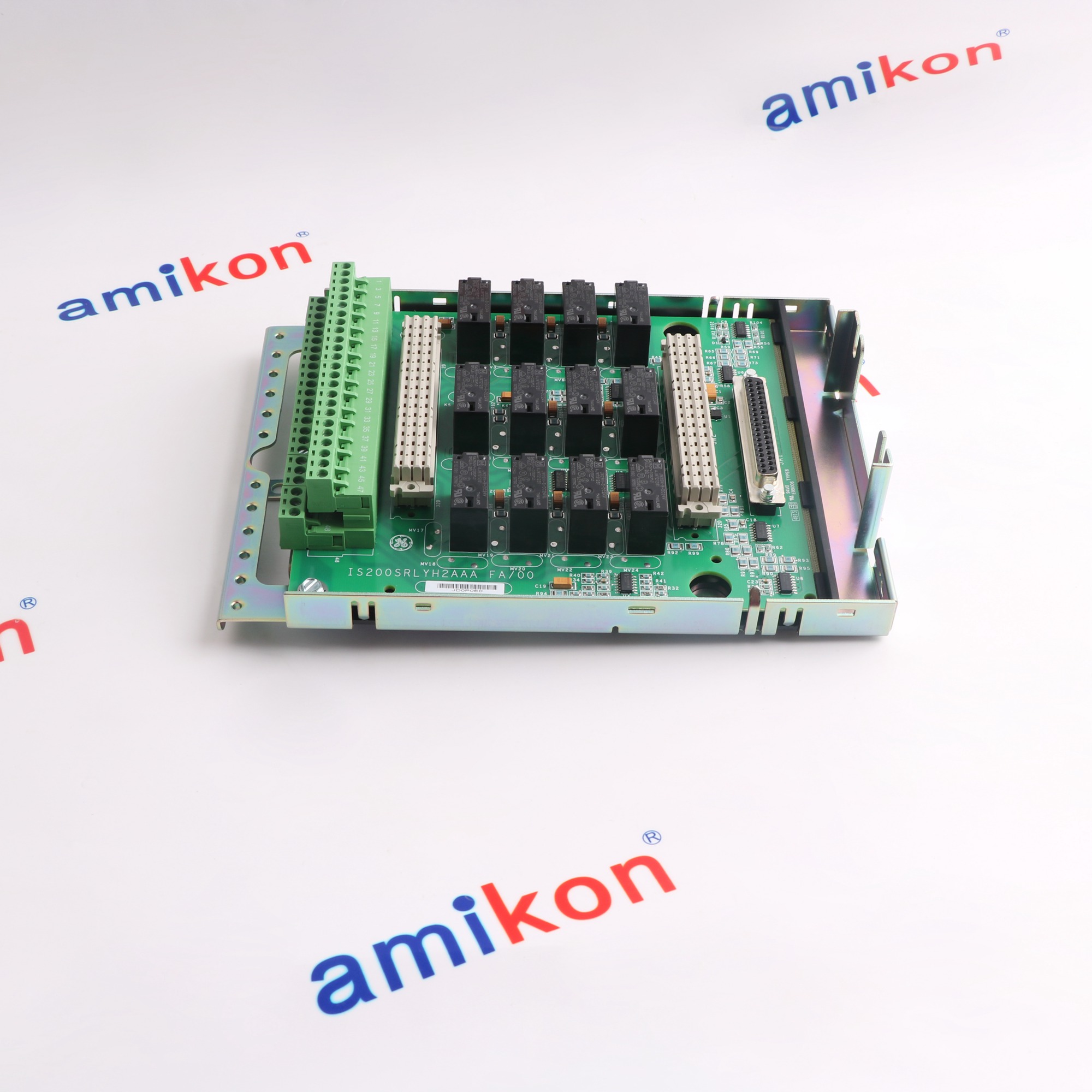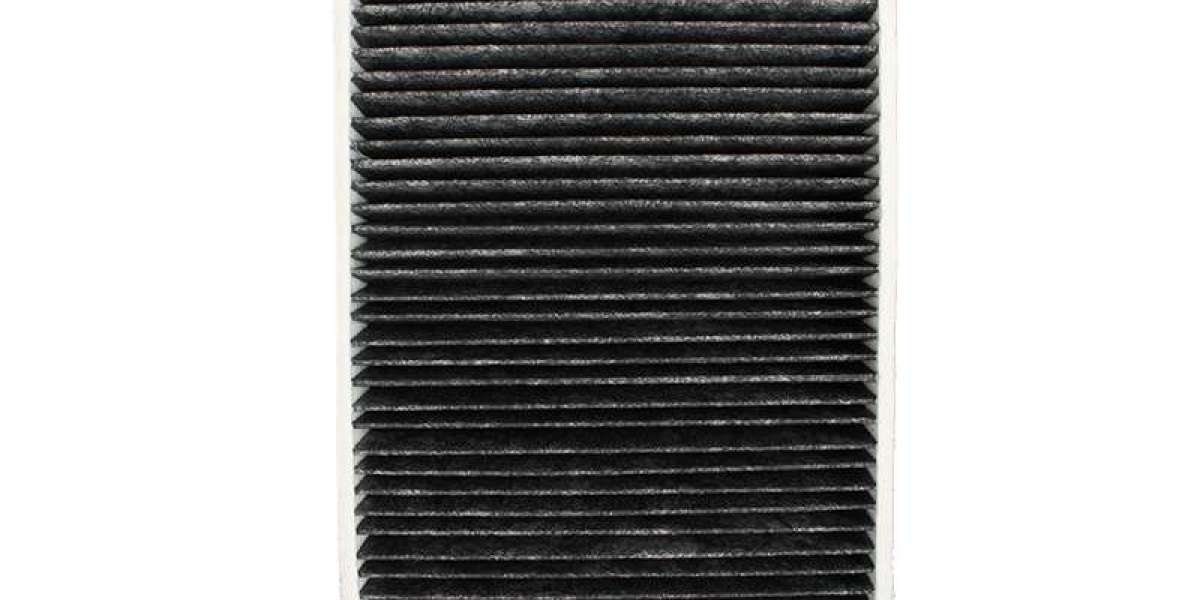Unlock the Secrets of Hydraulic Motors: Discover Their Types, Applications, and How They Power the Future!
Hydraulic motors are powerful devices that play a crucial role in various industries, converting hydraulic energy into mechanical energy with impressive efficiency. These motors harness the power of pressurized hydraulic fluid to generate motion, making them indispensable in applications ranging from heavy machinery to automotive systems. In this article, we will delve into the fascinating world of hydraulic motors, exploring their types, diverse applications, and the underlying principles of their operation. Understanding hydraulic motors not only sheds light on their functionality but also highlights their significance in driving innovation across multiple sectors.

Understanding Hydraulic Motors
At their core, hydraulic motors are devices that utilize fluid power to produce rotational motion. They operate based on Pascal's principle, which states that pressure applied to a confined fluid is transmitted undiminished throughout the fluid. When hydraulic fluid is pumped into the motor, it exerts pressure on the internal components, causing them to move and generate torque. This transformation of hydraulic energy into mechanical energy is what makes hydraulic motors so effective. The efficiency of these motors can be attributed to the ability to produce high torque at low speeds, allowing for precise control in various applications. Furthermore, hydraulic fluid plays a vital role in not only powering the motor but also lubricating its components and dissipating heat, ensuring smooth and reliable operation.
Types of Hydraulic Motors
Hydraulic motors come in several types, each designed for specific applications and operational requirements. The three primary types are gear motors, vane motors, and piston motors, each with distinct characteristics. Gear motors are known for their simplicity and reliability, making them suitable for applications where space is limited. Vane motors, on the other hand, offer smoother operation and higher efficiency, making them ideal for applications requiring precise control. Piston motors are the powerhouse of hydraulic motors, delivering high power density and torque, making them perfect for heavy machinery and demanding tasks. Understanding these differences helps in selecting the right motor for a specific application.
Gear Motors
Gear motors are among the simplest types of hydraulic motors. They consist of a set of gears that rotate in response to the flow of hydraulic fluid. Their design allows for high efficiency and compact size, making them popular in small-scale applications. Gear motors are commonly used in conveyors, winches, and other machinery where space is a constraint. Their straightforward design also makes them easier to maintain, providing longevity in various operational conditions.
Vane Motors
Vane motors feature a rotor with sliding vanes that move within a cam-shaped housing. This design allows for a smooth operation and the ability to handle changes in load without significant performance loss. The advantages of vane motors include their ability to produce high torque at low speeds and good efficiency. These motors are frequently used in applications such as automotive systems, where precise control and responsiveness are essential, such as in power steering systems.
Piston Motors
Piston motors utilize a series of pistons that move within cylinders, generating power through hydraulic pressure. This type of motor is known for its high power density, making it suitable for heavy-duty applications, such as in construction equipment and industrial machinery. Their robust design allows them to handle high pressures, making them ideal for tasks that require significant torque and power, such as in excavators and cranes.
Applications of Hydraulic Motors
Hydraulic motors find applications in a myriad of industries, showcasing their versatility and effectiveness. In construction, for instance, hydraulic motors power equipment like excavators and bulldozers, enabling them to perform heavy lifting and digging tasks with ease. In agriculture, these motors are used in tractors and harvesters, allowing for efficient operation of attachments and implements. The manufacturing sector also benefits from hydraulic motors, as they drive machines for stamping, pressing, and other production processes. My friend who works in a manufacturing plant often shares stories about how hydraulic motors have revolutionized the efficiency of their production lines, reducing downtime and boosting output.
The Future of Hydraulic Motors
The future of hydraulic motors is promising, with ongoing advancements in design and technology aimed at improving efficiency and reducing environmental impact. Emerging trends include the integration of smart technologies for better control and diagnostics, enhancing the performance of hydraulic systems. Additionally, hydraulic motors are increasingly being used in sustainable energy solutions, such as hybrid systems that combine hydraulic and electric power. This evolution not only helps in conserving energy but also supports the transition towards more eco-friendly machinery and equipment. As industries continue to embrace automation, the demand for high-performance hydraulic motors will likely increase, paving the way for innovative applications and technologies.
Significance and Future of Hydraulic Motors
In summary, hydraulic motors are essential components in various industries, playing a crucial role in converting hydraulic energy into mechanical motion. Understanding the different types of hydraulic motors, such as gear, vane, and piston motors, along with their applications, is vital for selecting the right solution for specific tasks. As we look towards the future, the ongoing advancements in hydraulic motor technology promise to enhance efficiency and sustainability, further solidifying their importance in modern technology. With their ability to power a wide range of equipment and machinery, hydraulic motors truly represent a key driving force in the evolution of industrial processes.








